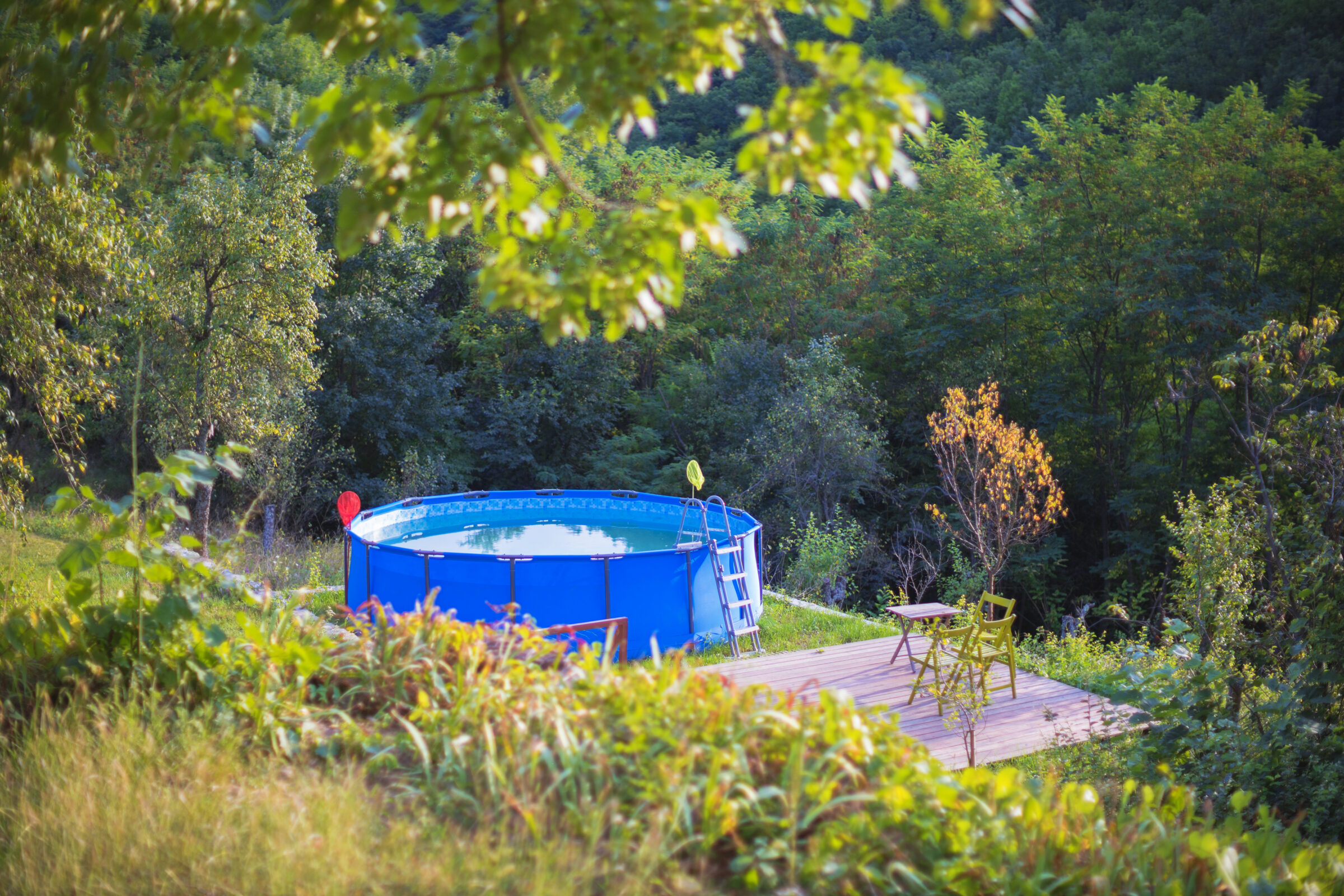The Role of Sand in Building a Sturdy Above-Ground Pool Base
August 4, 2025

An above-ground pool turns your backyard into a place for fun summer days and endless outdoor activities. Beneath that transformation sits a detail that often defines the foundation. Sand shapes the ground to create a surface that supports the entire structure. It smooths, cushions, and protects, setting the stage for a pool that remains structurally sound through every season.
Why Sand Matters for Pool Stability
Sand shapes the base of an above-ground pool with consistency and control. Its fine texture adapts to the contours of the site, forming a smooth, even surface that supports the structure as a whole. When placed with care, it creates alignment between the ground and the design, anchoring the pool in a foundation built for balance and longevity.
The Qualities of a Good Sand Base
Not all sand types are created equal. Using masonry sand or play sand is widely recommended due to its fine texture and consistent grain size. A carefully placed sand base helps manage water in a way that supports the entire structure. By encouraging proper drainage, the sand works as a barrier, maintaining balance between the pool and the ground below. This kind of foundation remains steady, adapting through changing weather and seasonal shifts, giving the pool a stable footing.
Consider Your Local Ground Conditions
In moisture-rich or seasonally active landscapes, adding geotextile fabric beneath the sand base introduces a layer of definition. It separates materials cleanly, supports drainage, and maintains clarity between the foundation and the surrounding ground. When integrated into the build, it brings the site into step with the long-range demands of the structure.
Installation Principles for a Strong Foundation
The effectiveness of a sand base depends a lot on the material being used. The sand must be carefully leveled and compacted. A layer that appears flat on first inspection can shift when weight is applied, leading to sagging areas or unexpected soft spots.
The depth of the sand base is also a critical consideration. A depth of about two inches strikes the balance that promotes stability and comfort. At this depth, the sand cushions the pool evenly while maintaining a secure foundation. When shaped with care, it allows the entire structure to settle properly, distributing weight with consistency across every point of contact.
Edging frames the work, holding the sand in place and preserving the carefully prepared shape. It creates a clear boundary, protecting the base from the gradual wear that comes from rain and movement around the pool.
Enhancing the Base with Additional Layers
For sites that call for added structure, a compacted gravel layer beneath the sand can elevate drainage and reinforce stability. This approach brings an extra layer of precision to the base, especially in landscapes with more variation or moisture. When aligned with site conditions, it supports a foundation built for both performance and longevity.
Avoiding Common Sand Base Mistakes
Establishing a strong base starts with the right material and method. Fine, clean sand placed at an even depth and compacted in layers creates uniformity across the entire site. Each step adds definition to the foundation, aligning it with the structure’s form and function. The result is a surface built to support.
Sand holds a quiet but essential place in the preparation for an above-ground pool. It forms the groundwork for an experience defined by balance, support, and longevity. When expertly placed, it creates continuity between the pool and its environment, absorbing movement, encouraging drainage, and setting the tone for every swim that follows. With the right foundation, the structure stands ready to deliver value, season after season, exactly as intended.

